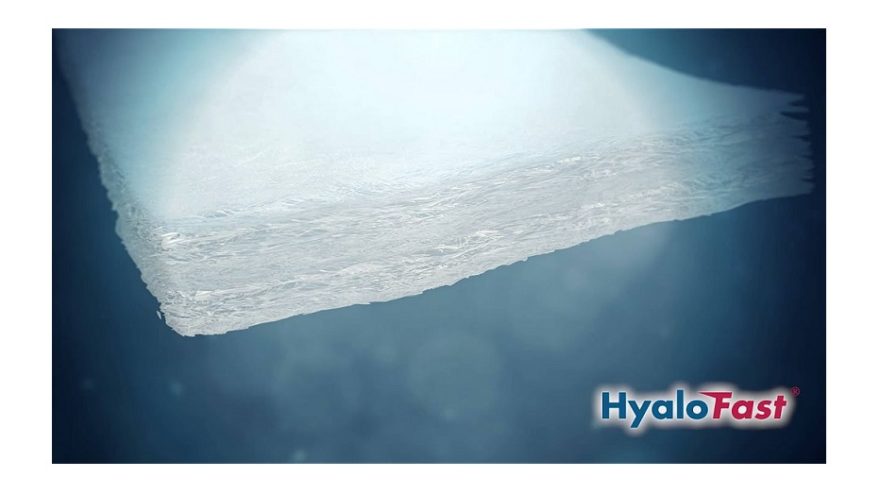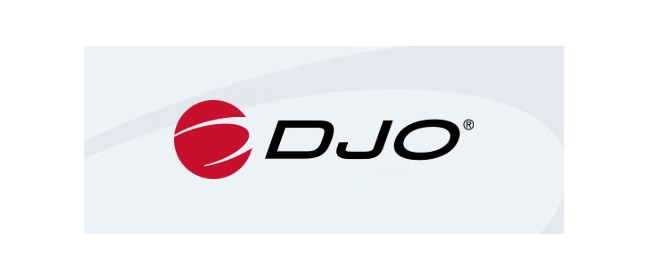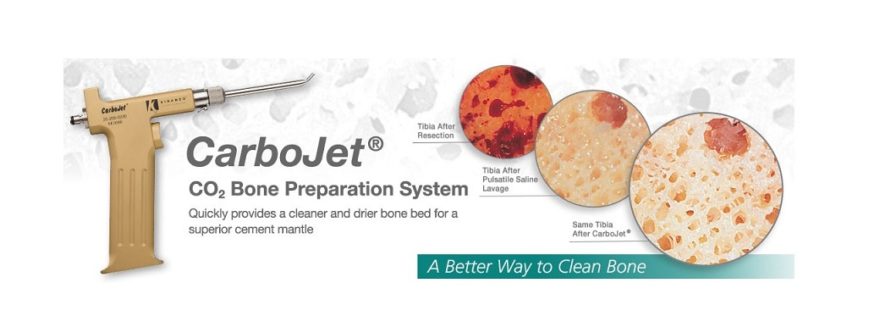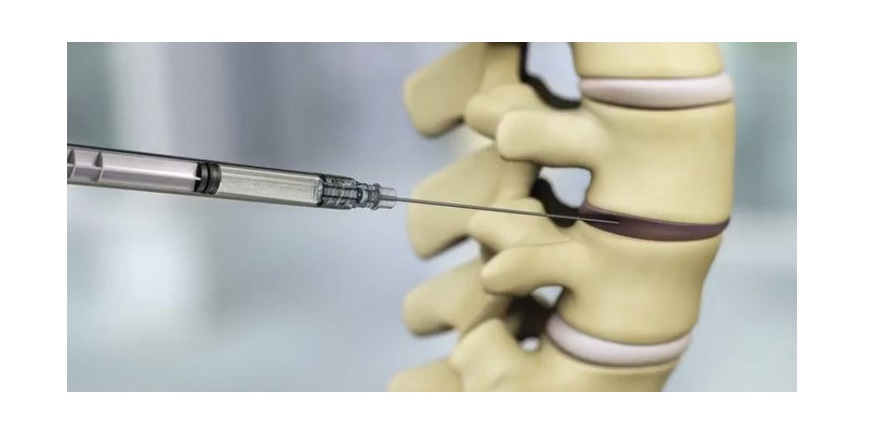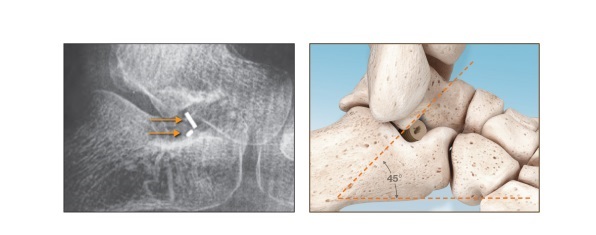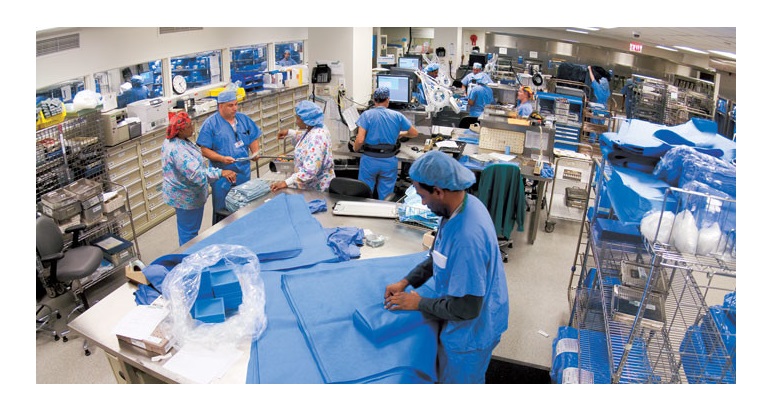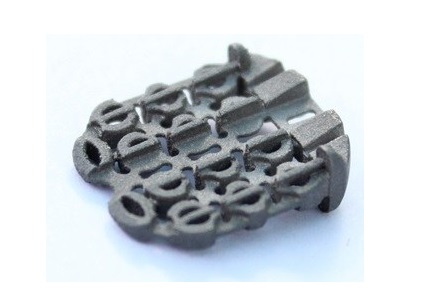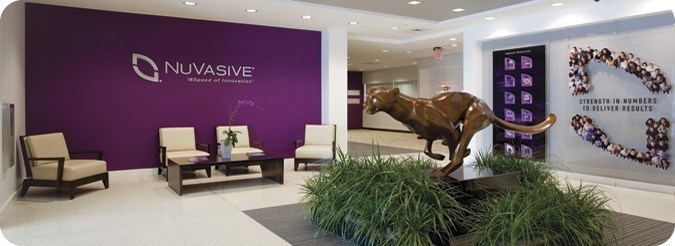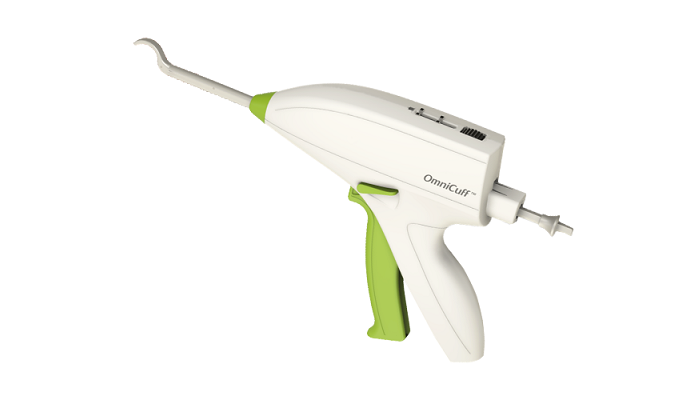December 12, 2018
BEDFORD, Mass.–(BUSINESS WIRE)–Anika Therapeutics, Inc. (NASDAQ: ANIK), a global, integrated orthopedic and regenerative medicines company specializing in therapeutics based on its proprietary hyaluronic acid (“HA”) technology, today announced plans to showcase its entire Orthobiologics franchise, including HYALOFAST, at the upcoming ICRS Focus Meeting in Milan, Italy at the Humanitas Research University. The ICRS is the main forum for international collaboration in cartilaginous tissue research and joint preservation, with 1300 active members from 65 countries.
HYALOFAST is a non-woven, single-step, off-the-shelf, biodegradable HA-based scaffold for hyaline-like cartilage regeneration to treat cartilage injuries and defects. HYALOFAST is commercially available in approximately 15 countries and has been used to successfully treat more than 15,000 patients internationally, and with strong eight-year patient follow-up data. HYALOFAST is pending regulatory submission in the United States and its FastTRACK Phase III trial is currently enrolling patients across the U.S. and Europe.
“The ICRS Focus Meeting in Milan is an excellent venue to further showcase the significant advantages of our entire Orthobiologics franchise before a collection of world-renowned experts in the field of cartilage repair and regeneration,” said Joseph Darling, President and CEO, Anika Therapeutics. “We believe that continuing this peer-to-peer dialogue and technical training is central to further advancing the HYALOFAST Phase III clinical trial, as well as increasing commercial adoption. HYALOFAST is a truly remarkable advancement in the treatment of cartilage injuries and defects due to its flexible minimally-invasive means of application and adaptive fit to individual patient needs.”
HYALOFAST will be featured at the International Cartilage Regeneration and Joint Preservation Society (ICRS) Focus Meeting in Milan, Italy during a technical session. The meeting, which will be attended by many of the world’s leading cartilage specialists, will showcase HYALOFAST as part of its “RE-LIVE SURGERY SESSIONS” and its clinical data program.
HYALOFAST Technical Session
Title: “Scaffolds: How to do It. Re-live Surgery and Relevant Results”
Presenter: Dr. Alberto Gobbi, OASI Bioresearch Foundation, Milano – Italy
Date/Time: December 14, 2018 at 9:30 – 10:15am
Company-Sponsored Booth
Anika will be a Gold Sponsor and will host a booth (#12) featuring guest physicians leading guided, hands-on demonstrations of HYALOFAST procedures using the HYALOFAST Arthroscopic Virtual Surgery Simulator. The company will also host “watch & try” sessions at the Anika booth.
About ICRS
The ICRS (International Cartilage Regeneration and Preservation Society) is the main forum for international collaboration in cartilaginous tissue research that brings together basic scientists, clinical researchers, physicians and members of industry, engaged or interested in the field of articular biology, its genetic basis and regenerative medicine. It provides continuing education and training to physicians and scientists with an active interest in the prevention and treatment of joint disease to improve patient care through regenerative medicine approaches.
2018 HYALOFAST Publications
| 1. |
Gobbi A., et al. Use of bone marrow aspirate concentrate combined with hyaluronan-based scaffold for early osteoarthritis in athletes. Football Medicine Outcomes Abstract book XXVII Isokinetic Medical Group International Conference – Camp Nou, Barcelona 2-4 June 2018. Ed Calzetti & Mariucci. Page 442. |
||||
| 2. |
Sofu H. et al. Clinical and radiographic outcomes of chitosan-glycerol phosphate/blood implant are similar with hyaluronic acid-based cell-free scaffold in the treatment of focal osteochondral lesions of the knee joint. Knee Surg Sports Traumatol Arthrosc. 2018 Aug 1. (Epub ahead of print). |
||||
| 3. |
Gollwitzer H. Operative Therapie – Knorpelschäden der Hϋfte Einzeitiges arthroskopisches Verfahren zur Regeneration. Sportärztezeitung 03/2018 (Cartilage Damage to the Hip. One-Stage Arthroscopic Method of Regeneration). |
About Anika Therapeutics, Inc.
Anika Therapeutics, Inc. (NASDAQ: ANIK) is a global, integrated orthopedic medicines company based in Bedford, Massachusetts. Anika is committed to improving the lives of patients with degenerative orthopedic diseases and traumatic conditions with clinically meaningful therapies along the continuum of care, from palliative pain management to regenerative tissue repair. The Company has over two decades of global expertise developing, manufacturing, and commercializing more than 20 products based on its proprietary hyaluronic acid (HA) technology. Anika’s orthopedic medicine portfolio includes ORTHOVISC®, MONOVISC®, and CINGAL®, which alleviate pain and restore joint function by replenishing depleted HA, and HYALOFAST, a solid HA-based scaffold to aid cartilage repair and regeneration. For more information about Anika, please visit www.anikatherapeutics.com.
Contacts
For Investor Inquiries:
Anika Therapeutics, Inc.
Sylvia Cheung, 781-457-9000
Chief Financial Officer
For Media Inquiries:
W2O Group
Sonal Vasudev, 917-523-1418 sonal@w2ogroup.com

